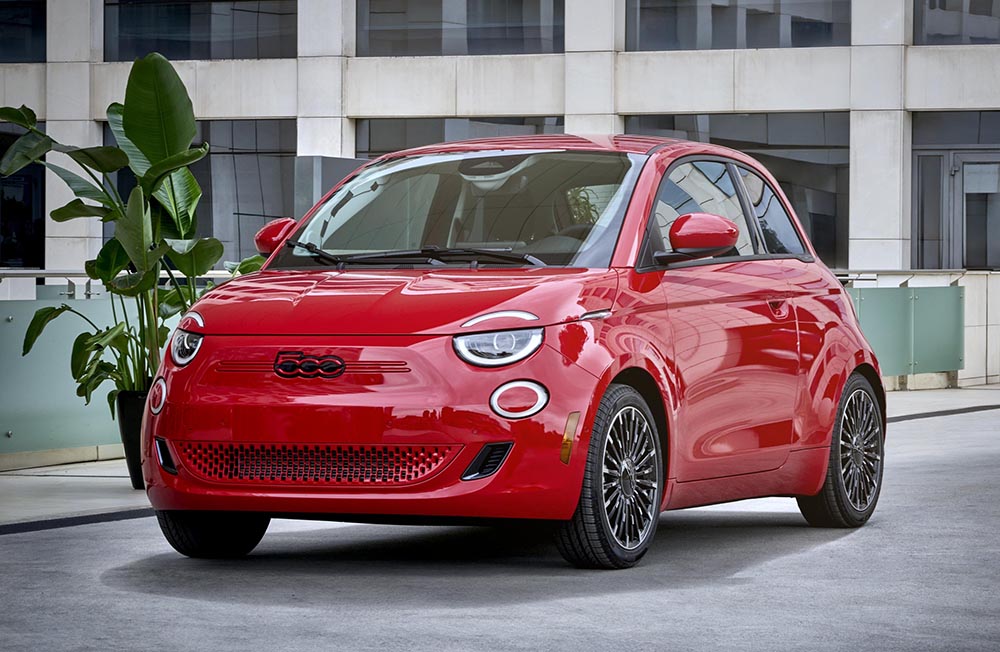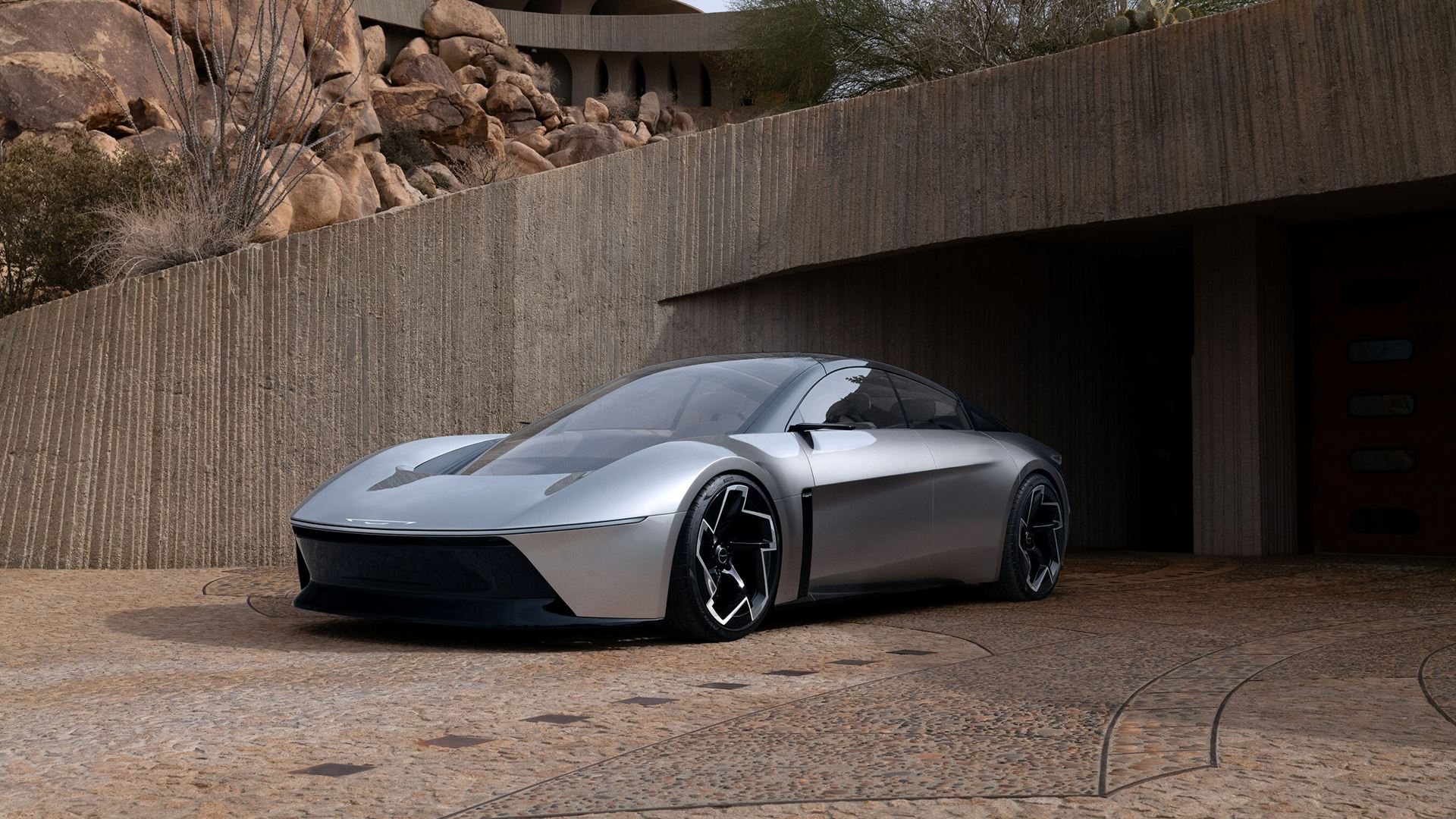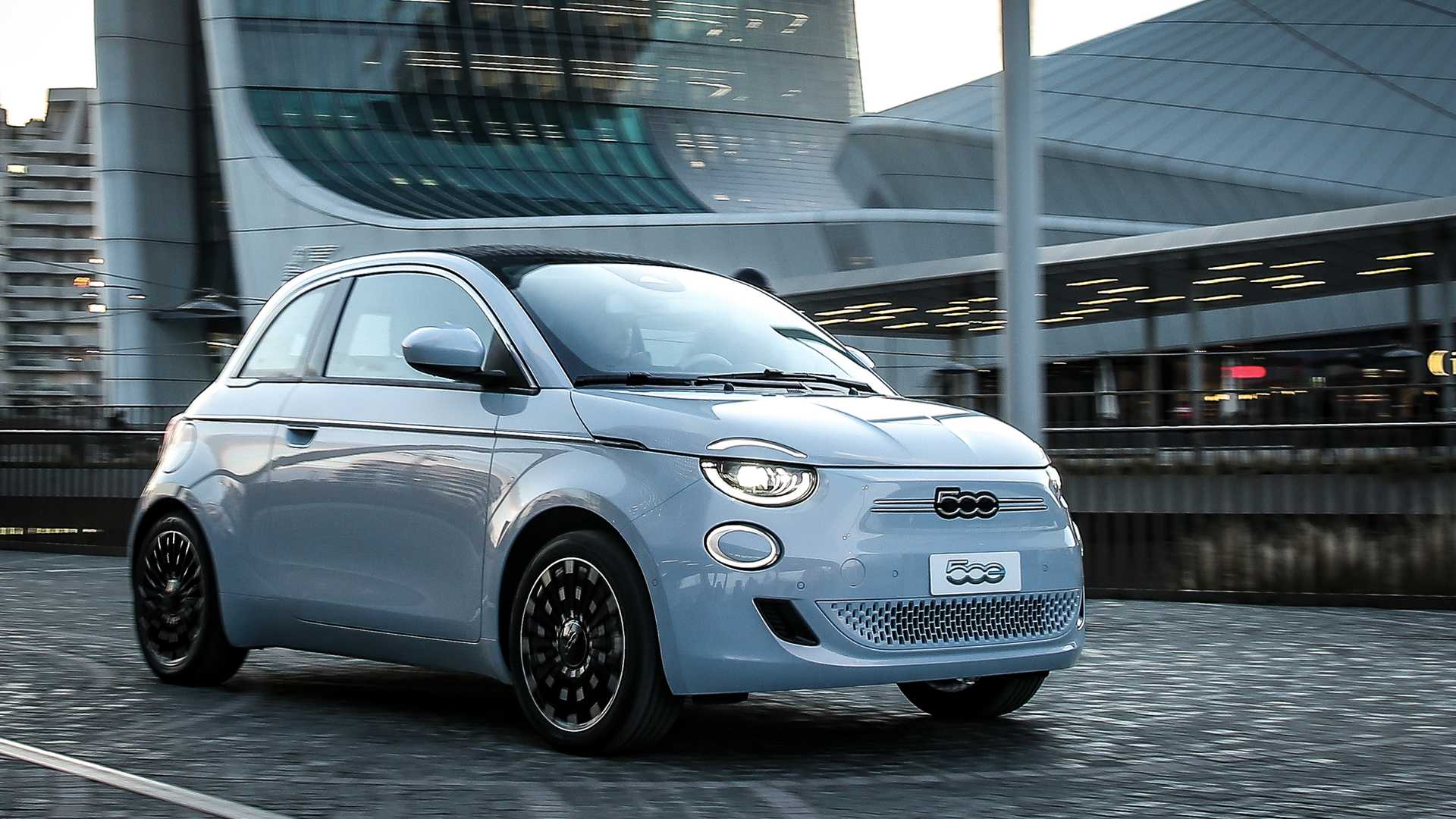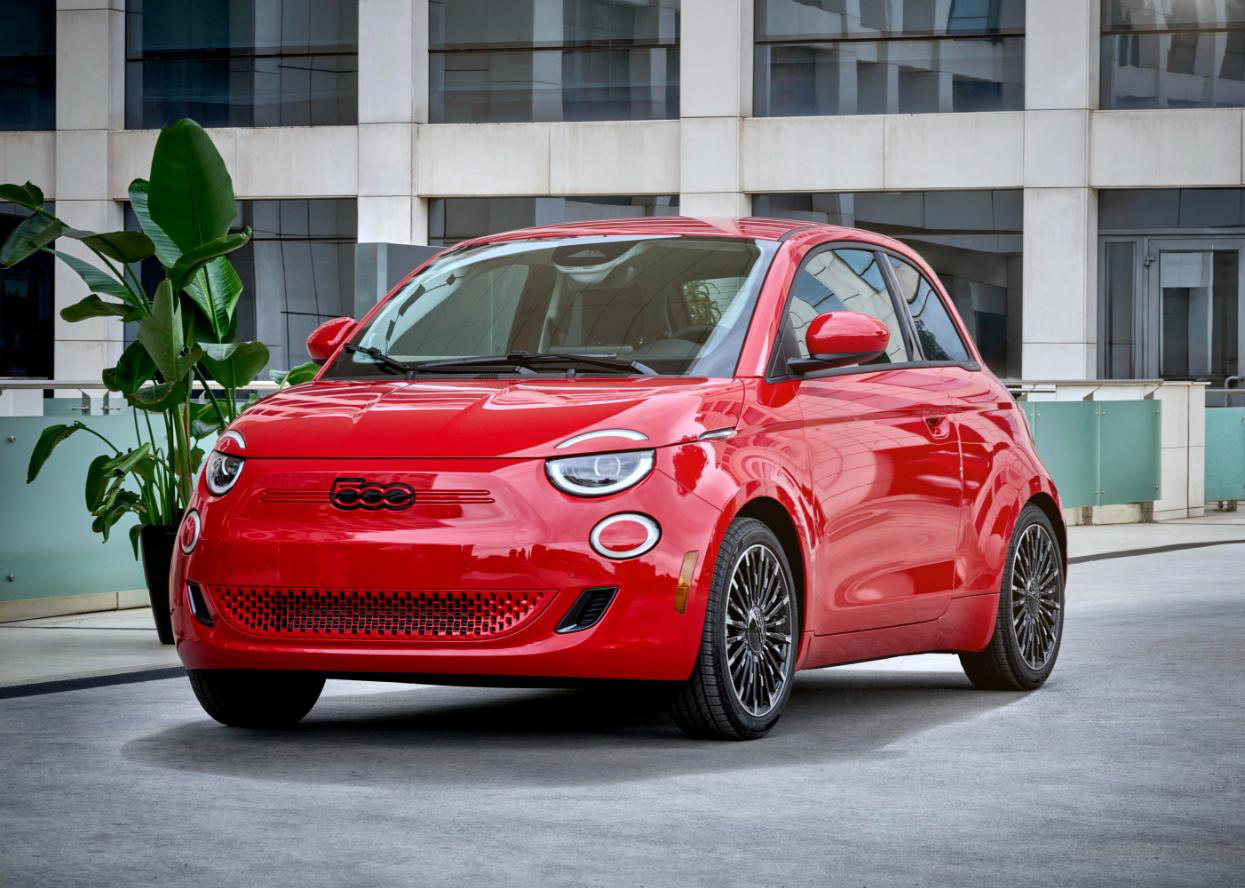Automaker Stellantis, home to brands like Fiat, Peugeot, and Chrysler, faced a shortfall in the production of its fully-electric 500e cars in Italy in 2023. According to the FIM CISL union, the company manufactured 751,384 vehicles in Italy last year, a 9.6% increase from 2022. However, the production of the 500e model fell short, with only 77,000 units produced, compared to the initial forecast of over 90,000.
Ferdinando Uliano, leader of FIM CISL, attributed the production lag to delayed government incentives for electric vehicles (EVs), which prompted buyers to postpone their purchases. The Italian government announced EV incentives multiple times in 2023 but has yet to implement them. Uliano expects the incentives to be rolled out soon, providing a boost to the EV market.
The lack of charging infrastructure also hampers the growth of the EV market in Italy, where electric car sales constitute only around 4% of the total, significantly lower than the European average of approximately 14%.
Uliano anticipates that the eventual implementation of buying incentives and the launch of the 500e model in the United States will contribute to increased production this year. In December, the Italian government announced plans to allocate 930 million euros ($1 billion) to support lower-income households in purchasing cleaner cars, including EVs and hybrids produced in Italy.
While the incentives aim to stimulate demand by subsidizing part of the purchase cost, Uliano noted that the government has assured unions that these incentives will result in increased production at some of Stellantis’s plants in Italy. The government also expressed its goal of boosting domestic production of cars and vans to at least 1 million units annually by 2028, encouraging other automakers to manufacture in Italy.







